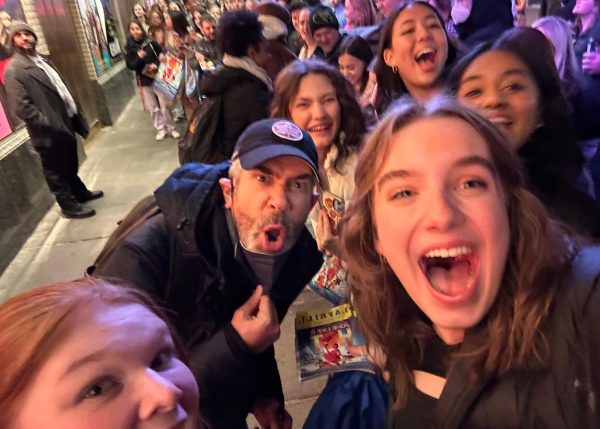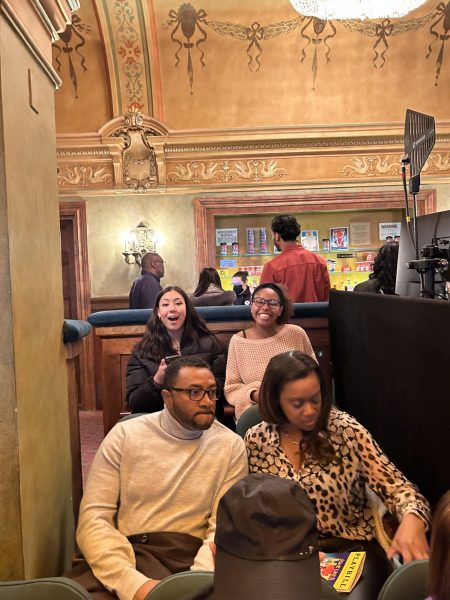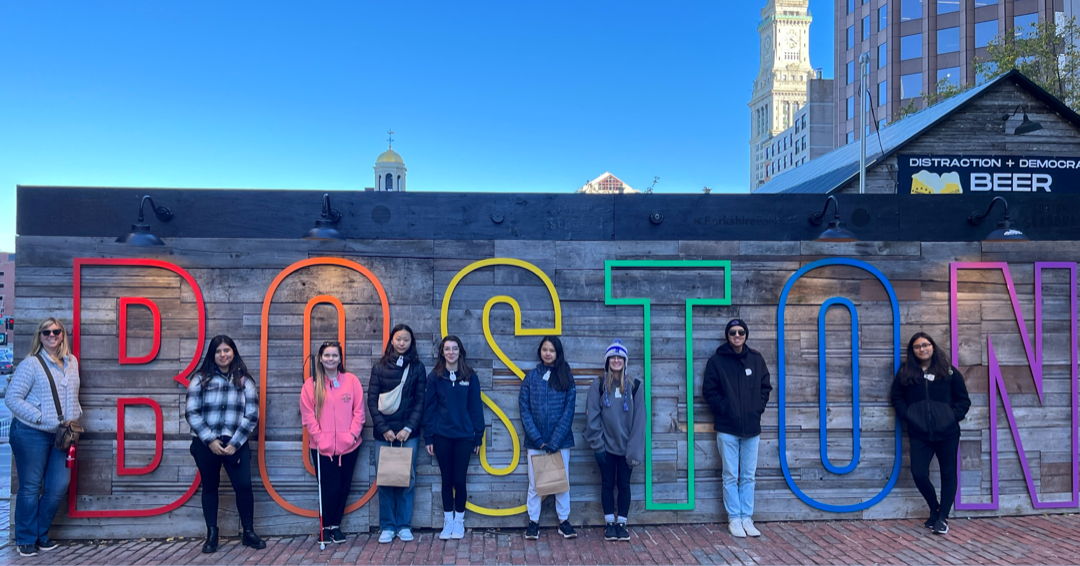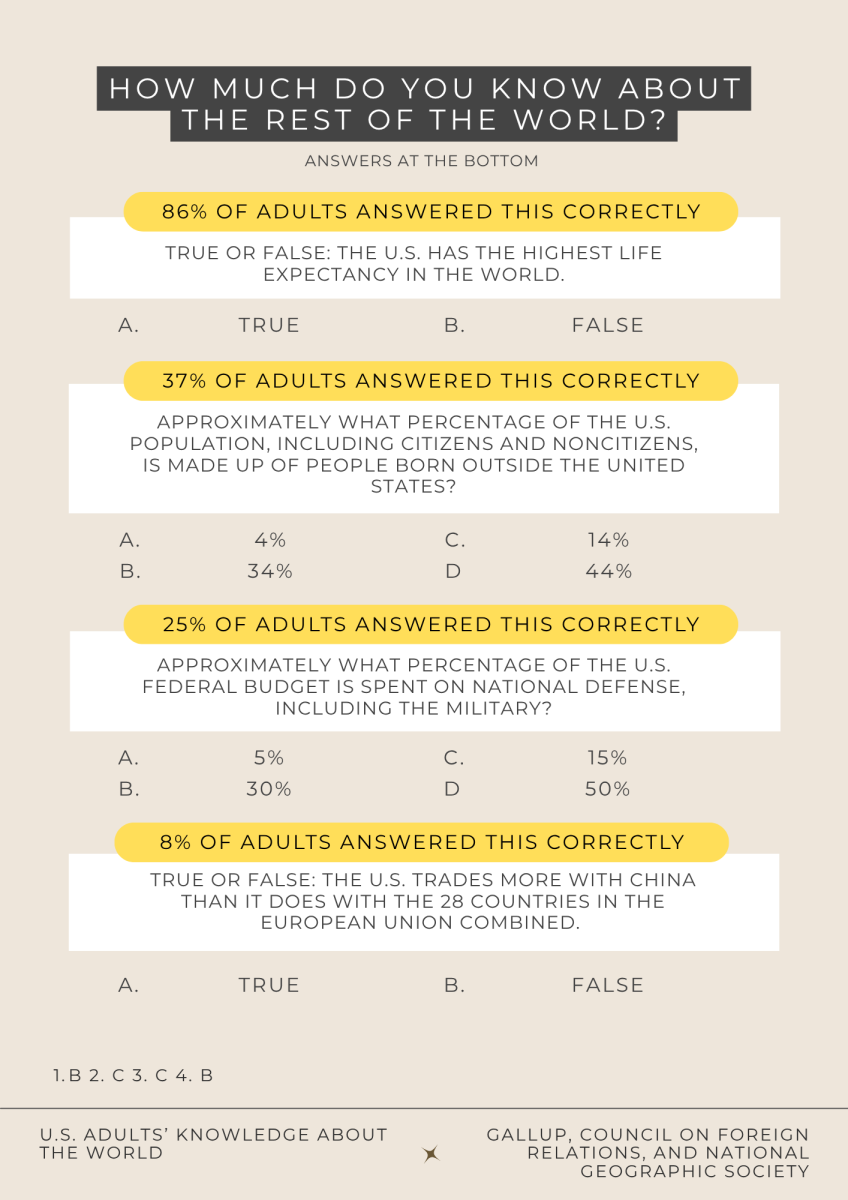Whether to a planetarium, a museum or a nature center, students fondly reminisce about these classic elementary field trips. As students get older, the number of field trips seems to decrease , reaching a place where field trips are remembered and not experienced.
Extracurricular activities and electives offer field trips, such as theater trips to New York city to see Broadway shows and foreign language trips to countries that speak that language. However, these trips are few and far between, not to mention, very expensive and paid for out of students’ pockets. For core subjects, such as science or history, there are little to no opportunities for field trips, even though it would most definitely enrich learning.
According to the National Education Association, most students are visual learners and field trips allow them to get hands-on experience that builds on classroom instruction, leading to a better understanding of topics. Prolonged classroom instruction leaves students feeling drained and unmotivated.

Photo used with permission of Bridget Dombro
There is nothing worse than listening to hour-long lectures without time to process and apply the information. Students, especially nowadays, have very low attention spans and will not learn effectively from listening to hour-long lectures because most will be zoning out after an amount of time.
Field trips provide a break from sitting in a classroom to experience and interact with the material learned. According to a 2013 study, over 70% of students who visited a museum that complemented their lessons retained the historical context behind most of the paintings.
Furthermore, spending so much time sitting at desks results in less physical activity and in turn, less creativity and critical thinking, according to the Nature Journal. The same 2013 study stated that students showed a 9% growth in critical thinking after participating in the field trip.
In addition, field trips are important for disadvantaged students, as it gives them experiences outside the classroom that their family may not be able to afford. A 2015 study showed that the students that exhibited the largest growth in proficiency of science-related subjects after a related field trip were poor or part of ethnic minorities. Field trips allow disadvantaged students to be on the same educational level as their peers because it gives them the same opportunities to experience learning outside the classroom.

Photo used with permission of Bridget Dombro
However, tighter school budgets and stricter testing standards have limited the number of field trips over the years, per the National Education Association. Since the No Child Left Behind Act, there have been higher standards for English and math testing, resulting in less time for interactive, fun activities.
An alternative to in-person field trips are virtual field trips, an interactive online learning experience. Virtual field trips remedy the problem of cost and time as they are free and can be accessed in the comfort of students’ homes. It still allows students to be hands-on and experiment with their knowledge, while putting less of a burden on schools, even giving them the opportunity to interact with different schools and students.
Some accessible and fun virtual field trips are art museums, national parks and tourist destinations all over the world. These field trips use webcams and virtual tours or events to allow students to have the full experience from their computer.
Although, in-person field trips are overall better for students’ mental, physical and academic health, virtual field trips are a good alternative if in-person field trips are not accessible. Whether virtual or in-person, field trips should be an integrated part of every student’s learning and curriculum.









